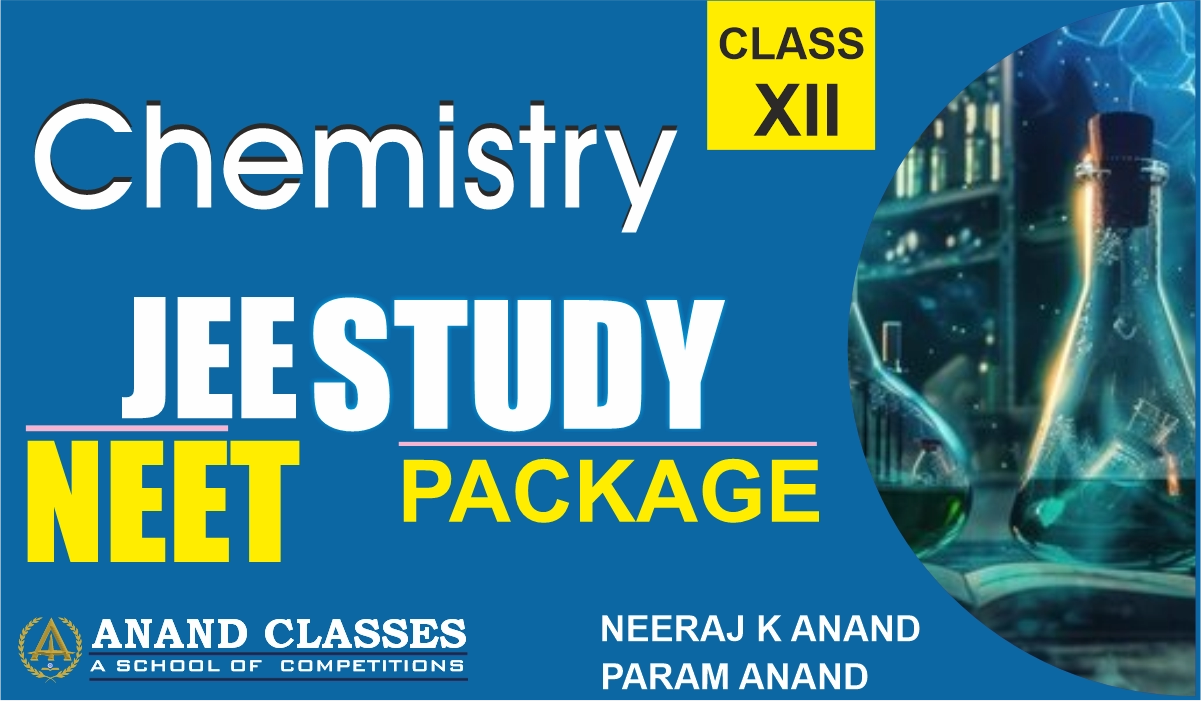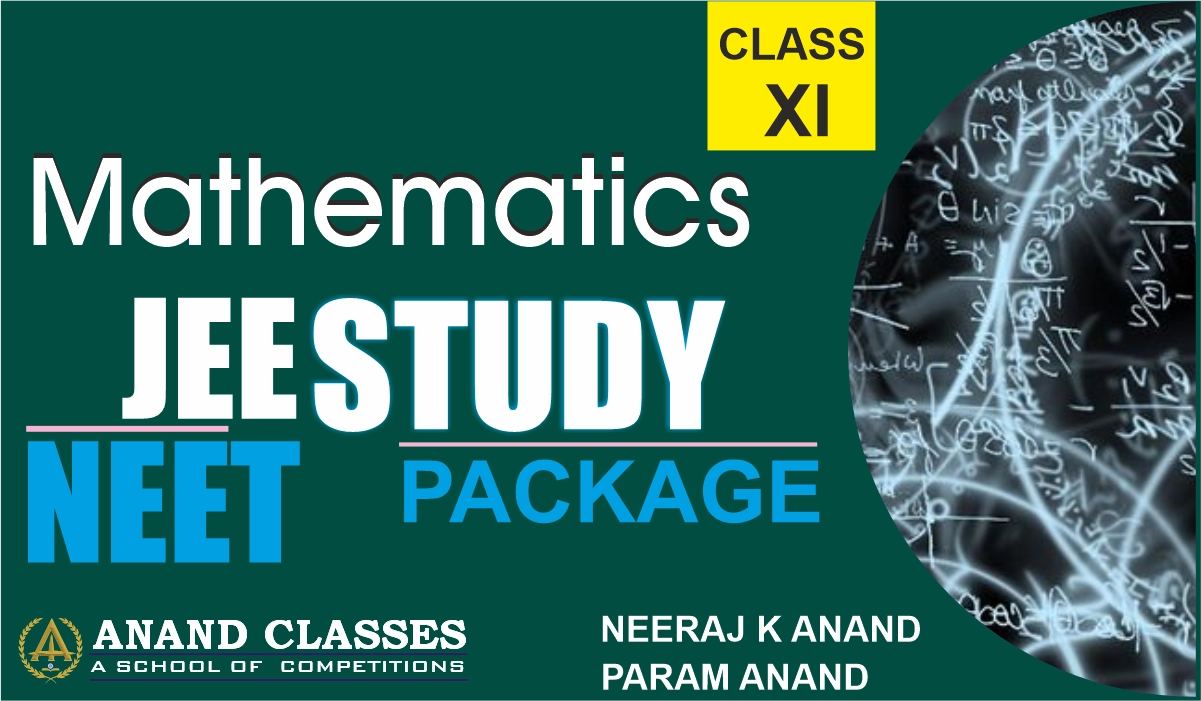Redox Reactions in terms of Electron Transfer, Oxidation & Reduction, Oxidation Number, Solved Examples

A variety of chemical and biological reactions like burning of different types of fuels (wood, kerosene, coal, LPG, petrol, diesel), ...
Read more
Redox Reactions-Oxidation & Reduction Reactions, Reducing & Oxidising Agent, Examples, Types, Balancing, FAQs

Redox Reactions are oxidation and reduction reactions that happen simultaneously in a chemical reaction and in this, the reactant undergoes ...
Read more
Electrochemistry-NCERT Solutions for Class 12 Chemistry pdf Dowmload free

Class 12 Chemistry NCERT Solutions Chapter Electrochemistry – Important Questions Q 3.1: Arrange the following metals in the order in ...
Read more
Electrochemistry-NCERT Exemplar Solutions For Class 12 Chemistry pdf Download

NCERT Exemplar Solutions Class 12 Chemistry of Chapter Electrochemistry I. Multiple Choice Questions (Type-I) 1. Which cell will measure standard ...
Read more
Electrochemistry-Assertion & Reason Question & Answers Class 12 Chemistry Worksheet

Electrochemistry-Assertion & Reason Type Question & Answers Class 12 Chemistry Worksheet Directions: In the following questions, a statement of assertion ...
Read more
Electrochemistry MCQs with Explanation Class 12 CBSE Chemistry Worksheet

Electrochemistry is concerned with charges and with their movement and transfer from one medium to another. The ultimate unit of ...
Read more
Electrochemistry MCQs with Answers Class 12 CBSE Chemistry Worksheet

Class 12 chemistry MCQs with answers are provided here for chapter 3 Electrochemistry. These MCQs are based on the CBSE ...
Read more
Kohlrausch Law Questions – Practice Questions of Kohlrausch Law with Answer & Explanations

Kohlrausch Law directs the electrolyte’s limiting molar conductivity with its constituent ions. It displays that at infinite dilution equivalent conductivity ...
Read more
Kohlrausch Law and Applications of Limiting Molar Conductivity

Kohlrausch Law refers to an electrolyte’s limiting molar conductivity to its constituent ions. It indicates that an electrolyte’s limiting molar ...
Read more
Faraday's Laws of Electrolysis – First Law and Second law

Electrolysis is the use of electric current to stimulate a non-spontaneous chemical reaction. In electrolysis, an electric current is passed ...
Read more
